Fences protect homes, farms, buildings, and much more. Wherever there is a fence, we expect it to remain stable, irrespective of the type of weather. What do the experts have to say about this? After consulting with them, we unearthed the following answers.
No, your fence should not move in the wind. However, if it does, it could be due to the following reasons:
- Poor fence installation
- Poorly designed fencing
- Use of incorrect nails
- Damage to concrete
- Extreme weather conditions
Continue reading to know why a fence would move in the wind and what you can do solve the problem. Find out about wind-resistant fences that you can install in your home.
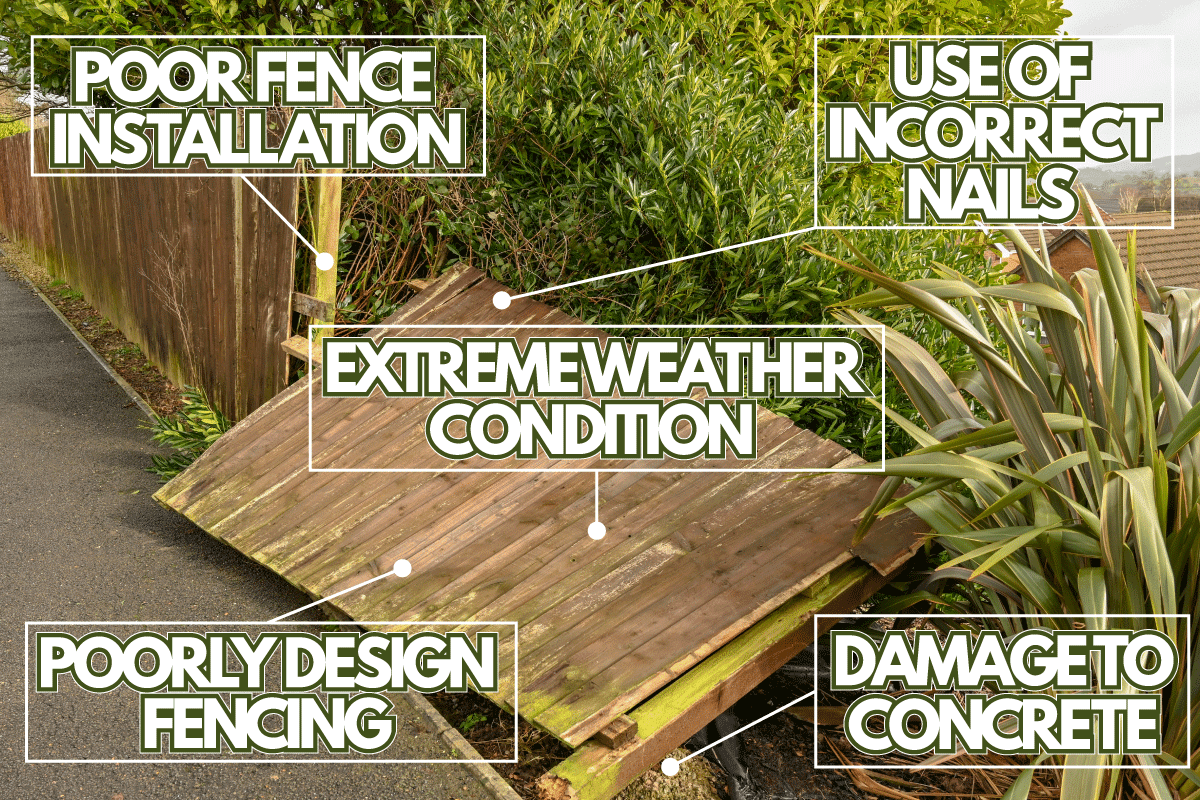
Should Your Fence Sway In The Wind?
A fence will most likely not move or fall under ordinary weather conditions. But, during strong winds, or extreme weather conditions like rainstorms, it can wobble, sway, or shake.
The reasons for this include:
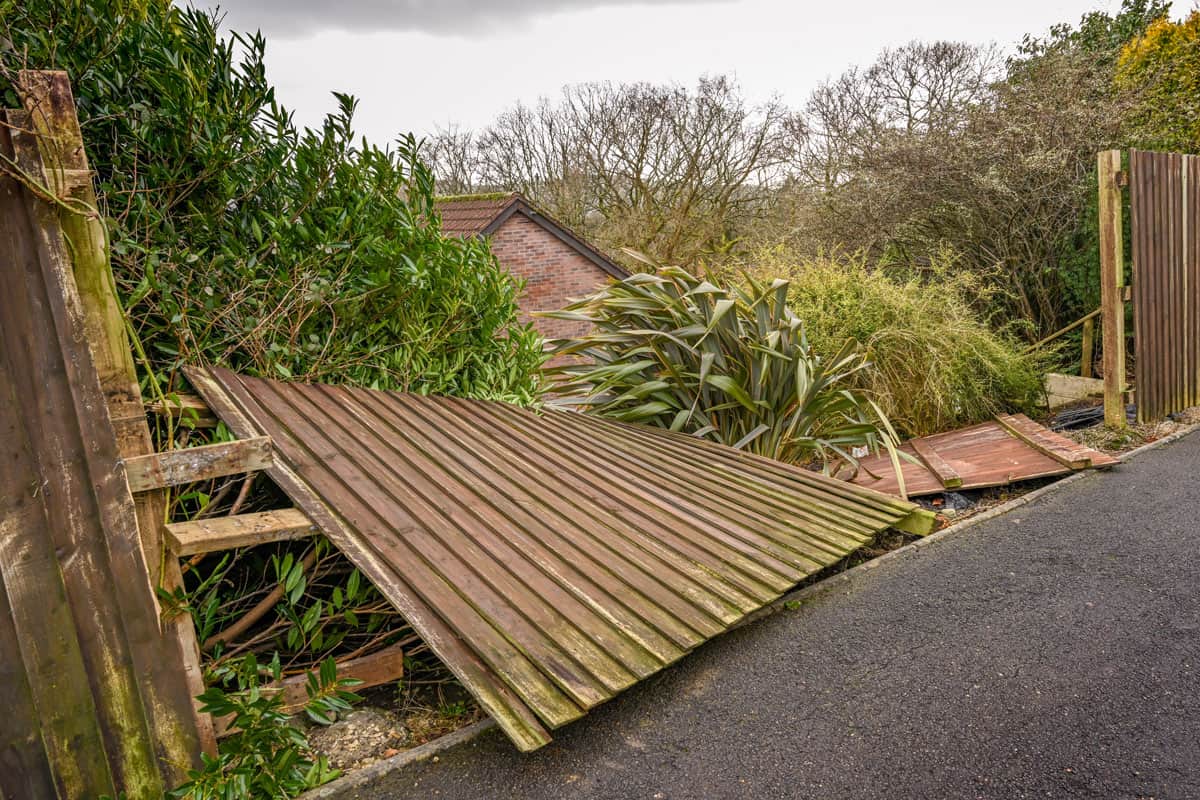
Poor Fence Installation
Poor fence installation is one of the reasons why your fence will fall under strong wind. When unstable, it will not hold under the wind for too long.
More often than not, this happens due to poor workmanship. You are better off hiring a professional who will do a good job. It might be a little more expensive, but you will save money in the long run because your fence will not break under strong winds.
Poorly Designed Fencing
The materials used in your fence can affect how well it can stand against the wind. For example, standard timber fence posts cannot stand well under strong winds.
Also, the type of panel you use will determine if your fence will remain standing when a strong wind passes. For example, slatted fence panels look aesthetically pleasing but are weak resistance.
On the other hand, a metal fence stands up well because of its thin pickets and wide spaces.
Using Incorrect Nails
The type of nails you use to secure your fence is important. Poor quality nails tend to rust, creating an unsightly orange-brown stain and causing your fence to rot and splinter. Such nails will slowly and surely damage your fence, which will fall easily under strong wind.
Galvanized nails coated with zinc like the ones shown below help prevent rust and would be the best to use when installing your fence.
Have a look at these galvanized nails on Amazon.
If you live in the coastal areas, stainless steel nails would be the best to use.
Check out these stainless steel nails on Amazon.
Damage To Concrete Foundation
The concrete foundation of your fence posts could have been damaged, making it loose. This will lead to your fence moving, and if not repaired early will eventually fall.
Therefore, when you notice early enough that the foundation.
Extreme Weather Conditions
Extreme weather conditions can cause damage to the fence posts or foundation, making the fence weak, for example, a snowstorm.
How To Stop Your Fence From Moving In Wind
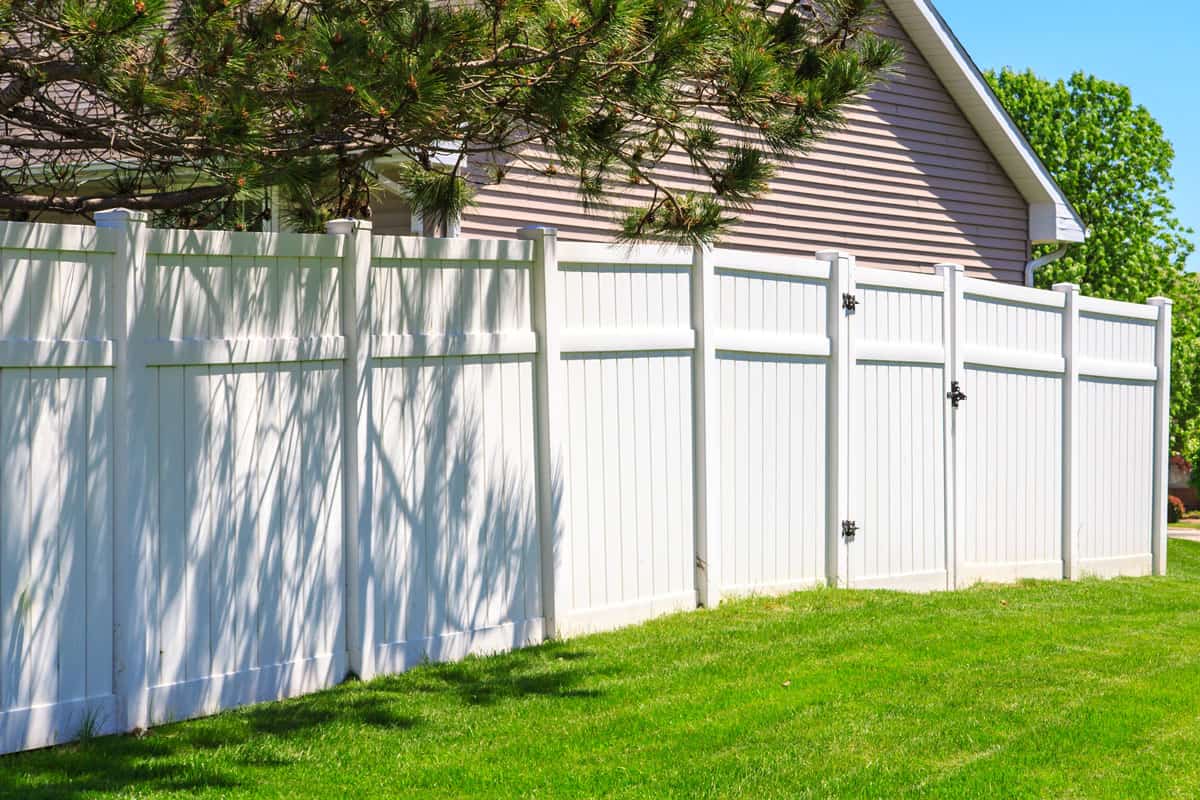
There are ways to stop your fence from moving in the wind, including:
Dig Down A Third Of The Length Of Your Post
When there is wind, your fence post is usually under pressure to bend. A gush of strong wind can suddenly destroy your fence.
The solution is to install your fence post down into the ground, at least a third of the length of your post. You can go deeper if you live in very windy areas. If you live in cold areas, you may have to go below the frost level. Though check out the guidelines on how far down you can go.
The deeper your fence post holes are, the more secure your fence is during strong winds.
Lower The Height Of Your Fence
If your fence is too high, it might sail in the wind. Instead, reduce the pressure on it by reducing the height of the fence. This is especially true if you live in highly windy areas.
Secure Posts In Concrete
Installing your posts deep into the ground will make them stable. However, to secure it further, set your posts in concrete. This will make your fence stable and increase its durability.
In addition, concrete will prevent termites from attacking the wooden posts which would lead to rot.
But, if you plan to change your fence often, you are better off setting it in pea-gravel. It provides good drainage and is easier to remove the posts and install them again.
Use Stable Posts
The correct type of posts to use are pressure-treated posts that will not rot or get infested by termites. Also, be careful not to use concrete on posts that are not pressure-treated because they will be unstable.
Clean Your Fence
Regularly clear away rubbish and weeds from your fence posts and panels, especially at the base. It will help drain the water, keeping your panels and posts dry and strong. It will delay rotting.
Early Repairs
As soon as you notice damage to your fence, it is best to repair it as soon as possible to prevent the damage from spreading. For example, if a panel is fallen, it will not be long before the rest of the fence is weak and eventually collapses.
A wobbling post will require immediate attention by setting it again in cement or gravel.
Touch Up With Preservatives
Regularly touch up your wooden fence every 2 to 3 years with water repellant sealants. You could also use mildewcides and UV stabilizers to protect it against rot, preventing it from disintegrating and making it weak in the wind.
The Best Type Of Fence That Can Stand High Wind
If you live on a slope, near the coast, or in an area with frequent high winds, you can install wind-resistant fences. The most common ones include:
Dog Ear Wooden Fence
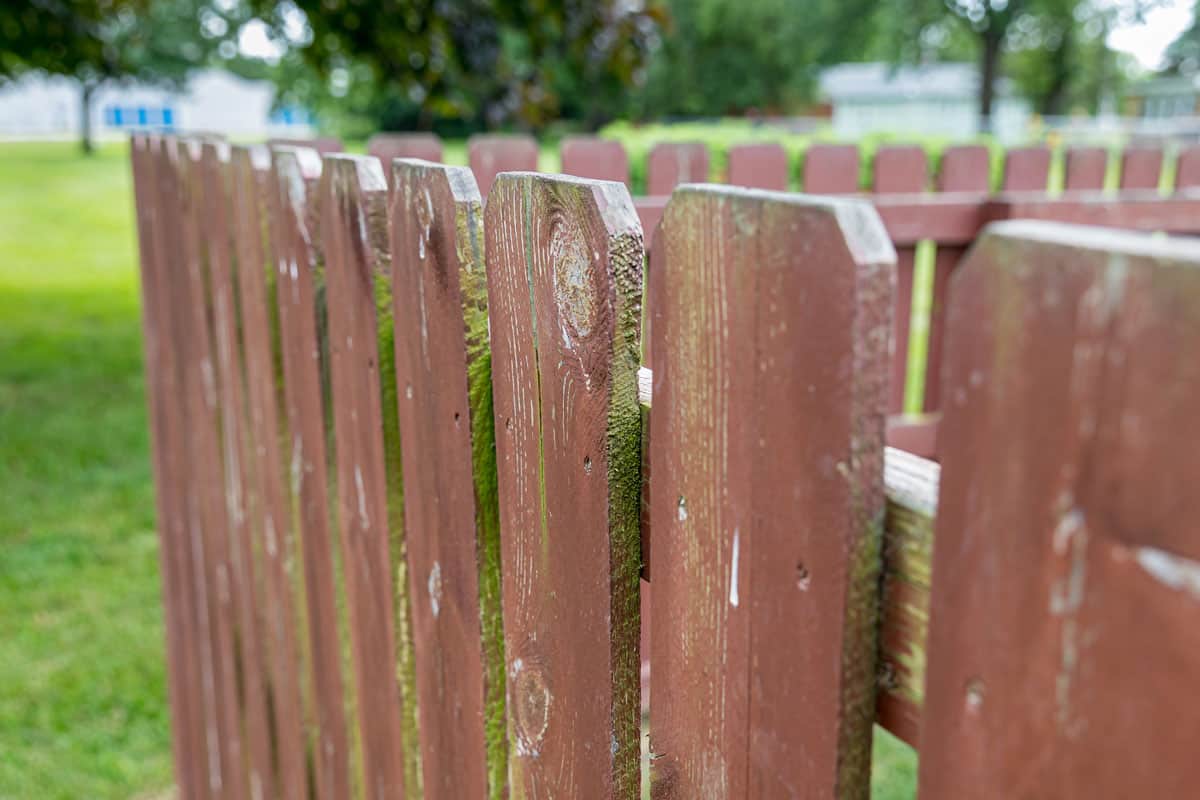
This type of fence looks like a picket-style fence. It has gaps or spaces between the panels. These openings allow the wind to pass through, reducing the pressure on the structure.
Chain Link Fence
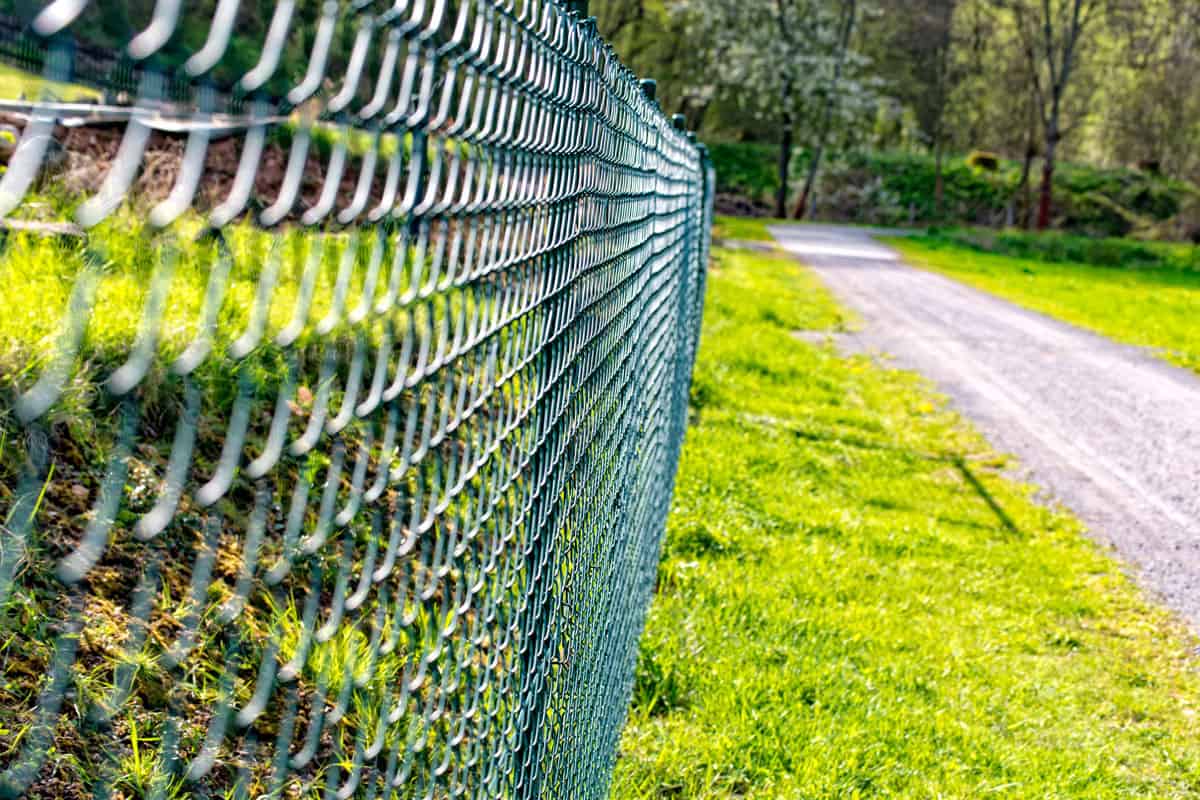
Chain link fences can stand upright against strong winds. The wind blows right through the many gaps, meaning there is almost no pressure on the overall fence structure. Thus it does not move easily in the wind.
Metal is stronger than wood and provides a strong fence that does not sag over time as a wooden fence would. The only downside you might have to live with regarding this fence is the lack of privacy.
Vinyl Fence

A vinyl fence remains firm even in strong wind, especially when reinforced with metal and fasteners. However, vinyl will bend slightly but will not break or collapse. This fence looks great and will not rot or decay like wood. Besides, it’s a great option if you value your privacy.
In Closing
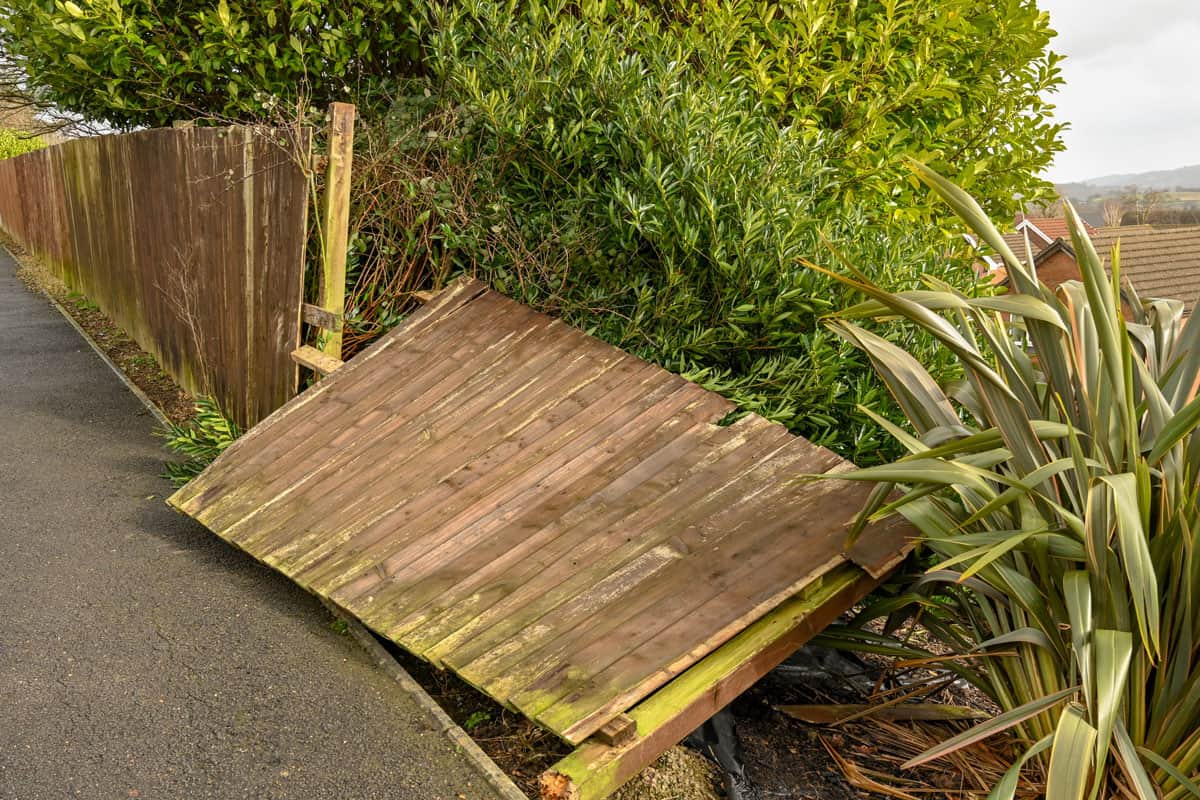
It can be devastating to find your fence fallen after a heavy downpour or a winter storm, and you should find out the reasons it happend.
You can solve this problem by reinforcing your fence to make it strong enough to stand against the wind, for example, setting the fence posts in concrete if you haven’t.
It might be a good idea to install wind-resistant fences in your home. These fences are designed to be sturdy even when there is a strong wind.
You may want to know how to convince your neighbor to close the gaps in their fence, and the cost to install a chain-link fence in half an acre by reading our previous posts:



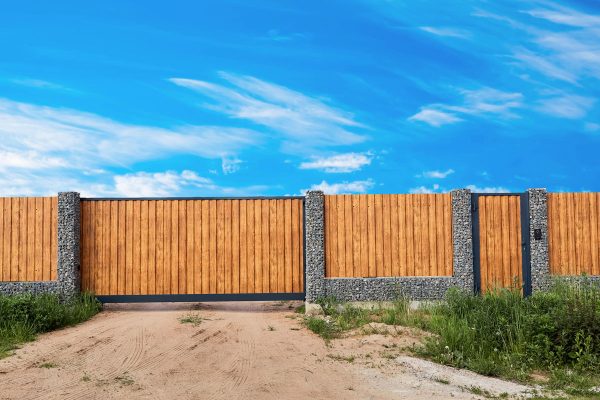
![Close board fence erected around a garden for privacy with wooden fencing panels, concrete posts and kickboards for added durability, Are Gravel Boards Treated? [And How Long Do They Last]](https://fencefixation.com/wp-content/uploads/2022/06/Close-board-fence-erected-around-a-garden-for-privacy-with-wooden-fencing-panels-concrete-posts-and-kickboards-for-added-durability-600x400.jpg)
![Wooden fence with green lawn and trees, Stepped Vs. Racked Fence Installation [Where & How To Use Each]](https://fencefixation.com/wp-content/uploads/2022/06/Wooden-fence-with-green-lawn-and-trees-600x400.jpg)